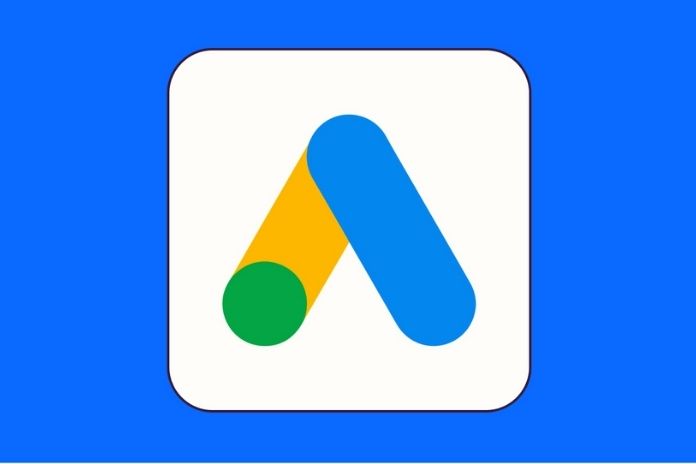Among the most precious Google Ads tips for you to succeed in your campaign are:
- Find out about the platform’s billing type
- Define the ideal campaign type
- Learn how to structure a campaign
- Master the Keyword Tool
- Segment your audience
Controlling all these aspects is critical to reaping the full benefits of this digital marketing strategy.
Many entrepreneurs wonder if Google Ads is worth it. The question is whether the potential of the tool is vast and involves benefits such as:
- short-term results;
- audience segmentation;
- keyword ad targeting;
- ability to pause campaigns at any time;
- flexibility in the amount invested for the campaign;
- monitoring of results in real-time.
However, you need to know how to run a campaign that achieves marketing objectives such as:
- traffic;
- leads;
- sales.
That’s why the following Google Ads tips are so relevant. They allow you to ensure the organization of the main aspects of a campaign on the platform and, consequently, help you generate positive results.
5 Google Ads Tips To Start Your Campaign!
The tips we present below gather general information on creating campaigns on Google AdWords, with insights that will help you achieve better results with the platform.
Good, following! Below we separate powerful Google Ads tips. Check out!
Know The Type Of Billing
The platform’s billing model is the first thing you need to know about Google Ads.
The most common is CPC or cost per click. In it, your company pays Google only when a user clicks on the ad (regardless of the chosen format). If no one clicks, you pay nothing to the platform.
There is no fixed cost per click. It depends on the keyword, format, and targeting used.
While configuring your campaign, you can access an average click cost.
Define Campaign Types
Choosing the type of ad is also a very strategic step. E-commerce, for example, can enjoy the benefits of advertising on Google Shopping more than on the search network.
Among the most common Google Ads formats are:
- Search Network: appear as the first result of a Google search. Have the tag “ads” to differentiate them from organic results;
- Display Network: Ads appear on Google partner sites registered with Google AdSense. Often used for remarketing campaigns;
- Videos on YouTube: these are sponsored videos on YouTube;
- Google Shopping: these are the dynamic ads that appear when we search for a specific product online—an exciting option for e-commerce.
To define which format to use, you need to remember your goals, products, and personas relating to your brand.
Learn How To Structure A Campaign
When putting together your ad, try to keep it organized. A tip for this is to structure campaigns by themes and products.
The tool itself has the separation between campaign, ad group, and ads. But what does each one represent, and how to organize this structure in a more didactic way? This is a ubiquitous question.
If you are setting up a campaign for e-commerce, a tip for Google Ads is to organize the following:
- Campaign: Create a campaign for each site category or location.
- Ad Group: Create an ad group for each product.
- Ads: Use different ad options and identify which performs best.
Master The Keyword Tool
Google’s keyword planning tool is critical to building an ad.
Through it, you will define for which search terms your ad should appear, either in Google Shopping or in search.
These terms also help define which websites and blogs a Display and YouTube Ads campaign should appear on.
At this stage, some Google Ads tips are essential, for example:
- include a maximum of 20 keywords;
- prefer long tail keywords (like office desk) and avoid using one-tense keywords like “desk”;
- take advantage of the negative keywords feature (e.g., pool table).
Segment Your Audience
Analyze the segmentations available through the platform and use the resource with your personas in mind. Remember to set up the campaign for the region you want to target.
Also Read: How To Analyze Google Analytics Metrics And Dimensions

